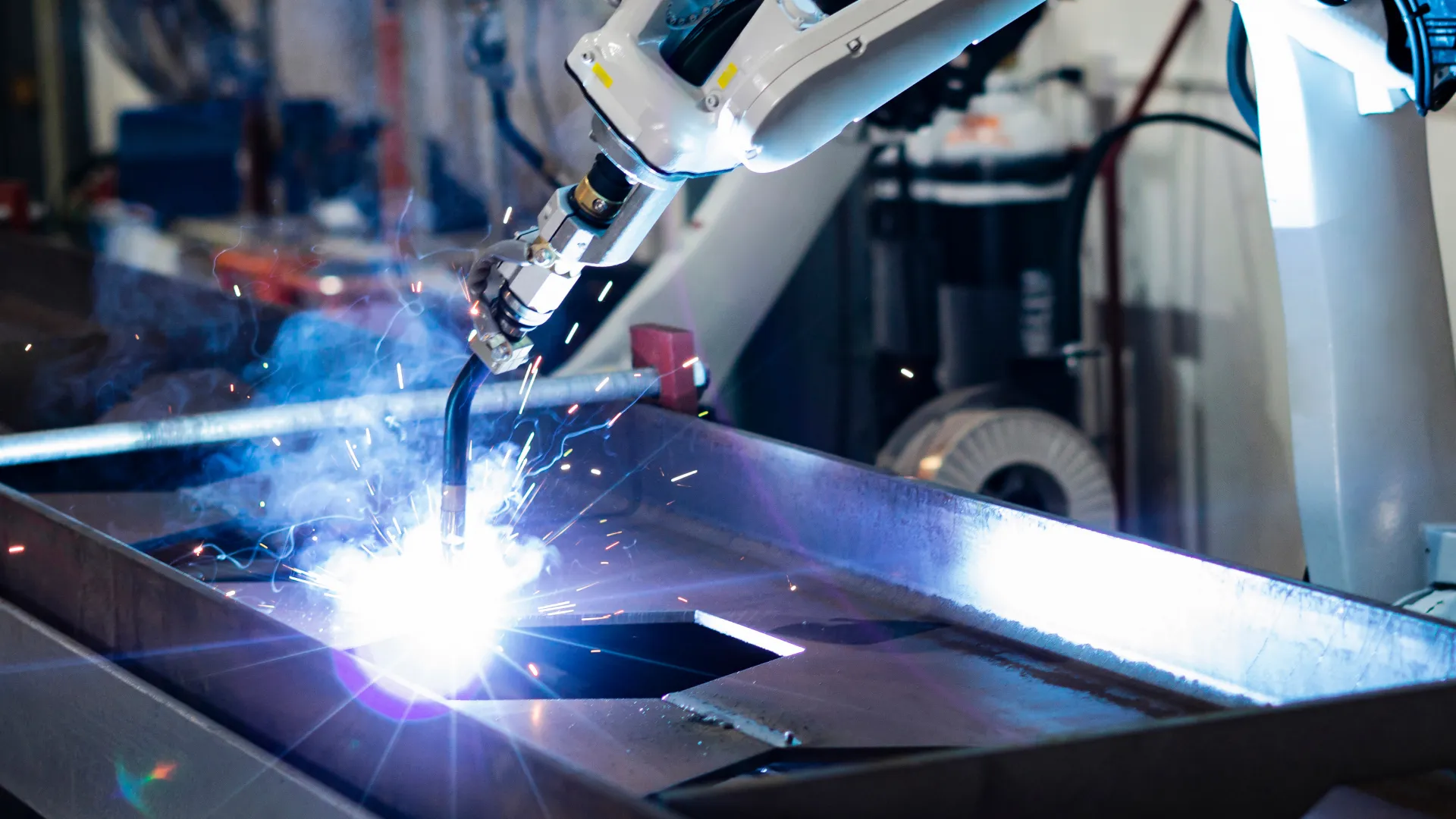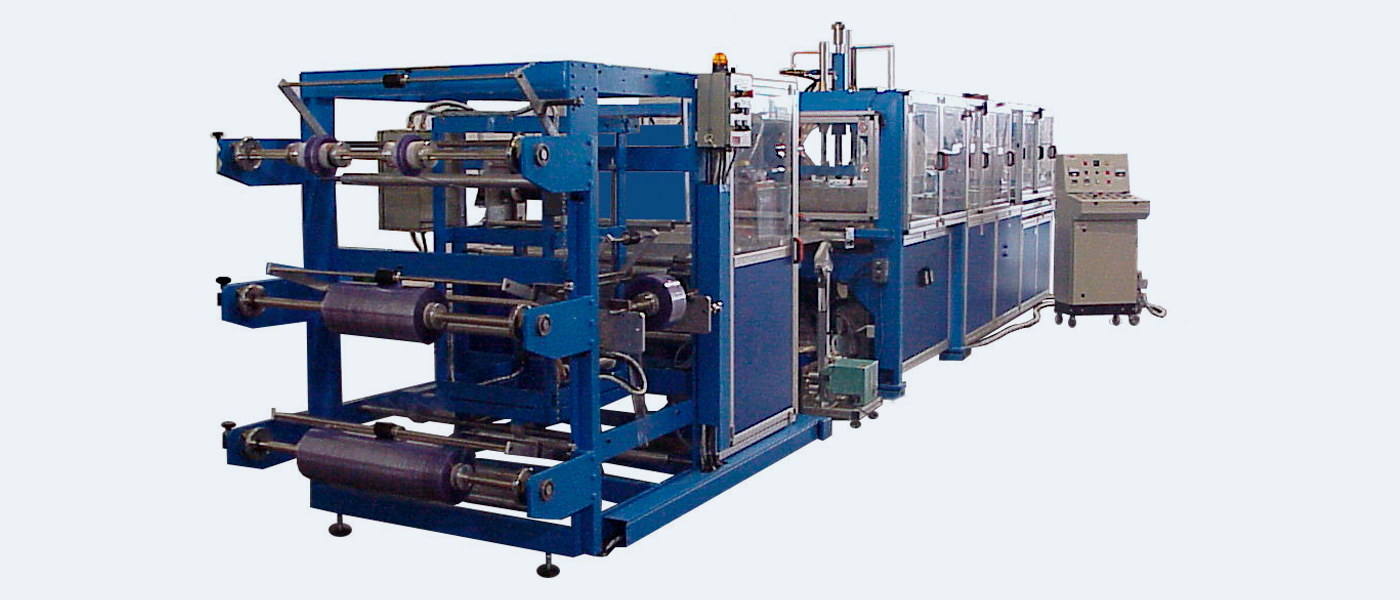In today’s manufacturing sector, efficiency and precision are crucial. High-frequency (HF) welding represents a technologically advanced solution for bonding plastic materials quickly and reliably. However, not all HF welders are the same: choosing the right one means optimizing time, cost, and results. This guide will help you select a custom HF welder tailored to your industrial needs, with a focus on three key sectors: automotive, packaging, and conveyor belts.
Why a custom HF welder matters
Each industry has different requirements in terms of materials, shapes, production times, and quality standards. A standard HF welder may not deliver the necessary performance or may require expensive adjustments. A custom machine, on the other hand, is designed to perfectly integrate with your production flow.
Key features to evaluate
- Oscillator power: essential for working with materials of varying thickness and density.
- Electrode size: must match the final product dimensions.
- Digital control and automation: for repeatability and weld cycle traceability.
- Cooling system: necessary for intensive, continuous production.
- User interface: intuitive and compatible with the production environment.
Customized HF welders
Automotive Sector
Custom HF welders in the automotive industry often include:
- Tooling adapted to complex shapes like door panels or seating components
- Automation systems for efficient part handling
- Features that ensure consistent and durable welds under mechanical stress
Packaging Industry
In packaging, especially for food applications, custom machines may incorporate:
- Precision controls for sealing temperature and pressure
- Integration with quality control and tracking systems
Conveyor Belts and Industrial Fabrics
Welders for conveyor belts typically require:
- Large-format work surfaces
- Flexible setups for different belt widths and materials
- Reinforced structures for long welds under continuous operation
These are just a few of the ways HF welders are customized to meet the challenges of various sectors.
How to choose the right partner for a custom HF Welder
- Technical expertise: ensure the manufacturer has experience in your industry.
- Collaborative design: be involved in the machine’s development.
- After-sales support: essential for maintenance, spare parts, and upgrades.
- Testing opportunities: request practical tests with your materials.
Choosing a custom HF welder means investing in efficiency, safety, and competitiveness. Each sector presents specific challenges, but with the right technical partner, you can achieve a solution perfectly adapted to your needs.



